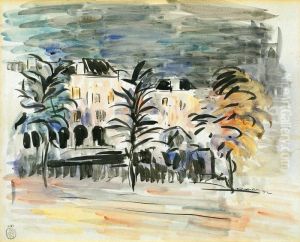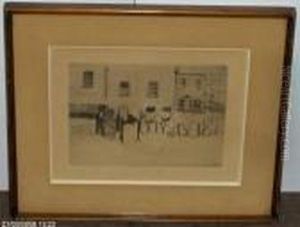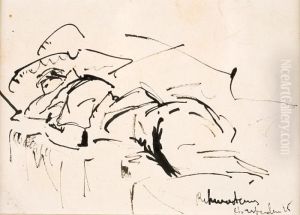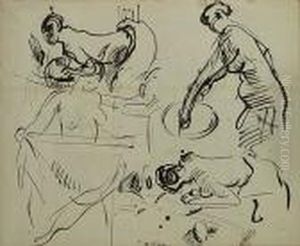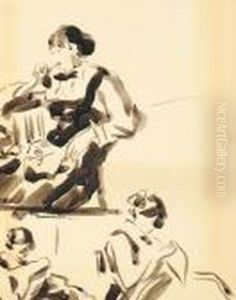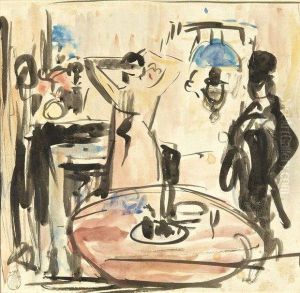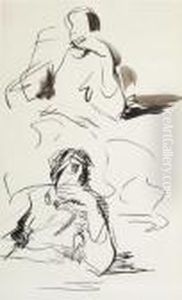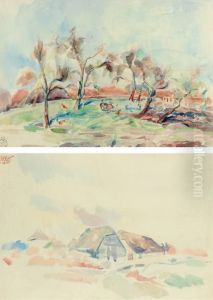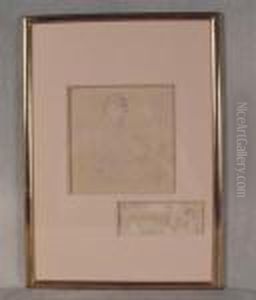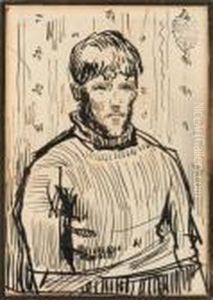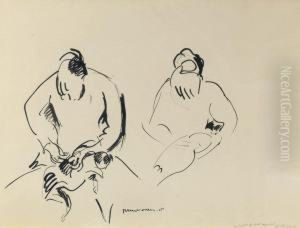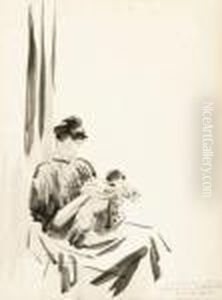Rik Wouters Paintings
Rik Wouters was a Belgian painter and sculptor considered one of the most important figures in early 20th-century Belgian art. He was born on August 21, 1882, in Mechelen, Belgium, and demonstrated an early interest in art that led to his enrollment at the Academy of Fine Arts in Mechelen at a young age. He continued his studies at the Royal Academy of Fine Arts in Brussels.
Wouters' art is characterized by a vibrant palette and a robust, expressive brushwork that showed the influence of Impressionism and Fauvism. His subjects often included domestic scenes, still lifes, portraits, and landscapes. Wouters' wife, Nel, was a frequent model for his paintings and sculptures, and their intimate life together is a recurrent theme in his work.
Despite his burgeoning art career, Wouters' life was marred by personal difficulties and the outbreak of World War I. He was conscripted into the Belgian army and was severely injured during the early stages of the war. The injury and subsequent health issues led to a decline in his well-being, and he moved to Amsterdam for a brief period in search of better treatment.
Tragically, Rik Wouters' life and career were cut short when he died of cancer on July 11, 1916, at the age of 33. Despite his brief career, he left behind a body of work that continues to be celebrated for its emotive power and its contribution to early modern art in Belgium. Today, his works are held in numerous collections and are considered a testament to his talent and the unique vision he brought to the world of art.



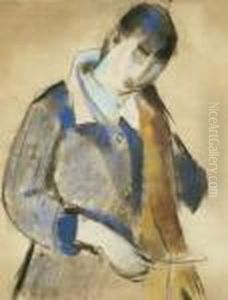




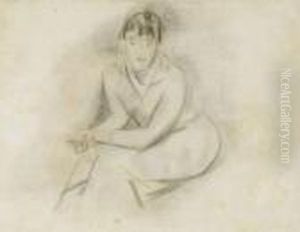









![Sans Titre [maisonnette De L'artiste Avec Effet De Neige]](https://www.niceartgallery.com/imgs/2959940/s/rik-wouters-sans-titre-maisonnette-de-lartiste-avec-effet-de-neige-187d55a8.jpg)





